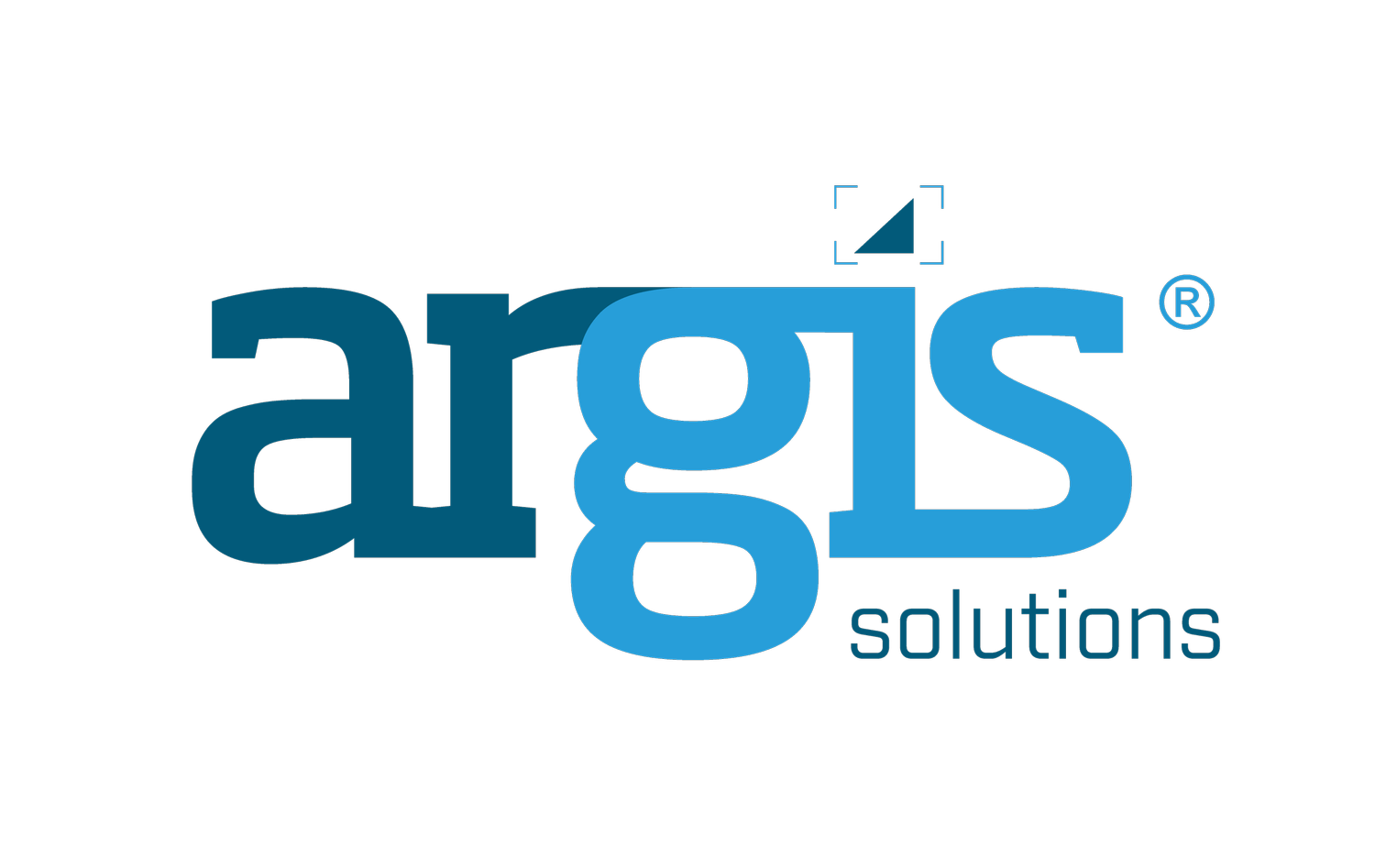5 Tips for Transitioning Custom Tools from ArcMap™ to ArcGIS® Pro
Five ways to ensure a smooth transition for customized tools.
ArcMap’s deprecation means time is of the essence for making the switch to ArcGIS Pro. We appreciate what Esri has done to make the transition to ArcGIS Pro as smooth as possible. Because ArcMap uses Python 2 and ArcGIS Pro uses Python 3, it’s backwards-compatible, making it possible to transfer all your custom tools and map packages into ArcGIS Pro.
The user interface for ArcGIS Pro is different, but we think it is more intuitive and its format makes it easier to navigate. We love that data can be edited live in ArcGIS Pro, something that wasn’t possible in ArcMap. We also appreciate that ArcGIS Pro’s editing process is very streamlined. There are also more options for symbology and new, improved tools. The raster geoprocessing tools are one of our favorites because it makes working with raster datasets much easier.
You’ve probably invested countless hours building tools in ArcMap with customization and unique paths. If you are wondering how to get started moving all your custom tools over, we’ve got you covered!
Our five tips for moving your custom tools from ArcMap to ArcGIS Pro:
1. Back up your data. If moving to a complete, new data system is required, make sure to spend time figuring out how to have more than one production (synced) data environment. If your data system requires an upgrade you may need to create duplicate production systems as you move tools: one production system for the old tools to use and one for the new tools.
Creating duplicate production systems can be very complicated and likely requires some level of replication/syncing. If possible, first upgrade only the data. Once that is complete, transition the tools one at a time. The challenge is that tools can break during a transfer. There are multiple fixes for tool breakage, but the fixes are fairly technical. Thinking ahead about each transfer step is critical.
2. Research. New tools are being developed all the time. Make sure Esri hasn’t made a tool that replaces your custom tool. Check out the geoprocessing toolbox in ArcGIS Pro. The tool names are very descriptive, making it fast and simple to understand their functions.
We had a client that was following a 5-step process in ArcMap for a specific report. After transitioning to ArcGIS Pro, she discovered there were tools already in place that could create her report, greatly streamlining her process.
Explore ArcGIS Solutions. These are industry-specific configurations for ArcGIS. ArcGIS Solutions are great starting points for tool replacements and can be extended if necessary.
3. Document the workflow that you made in your custom solution and determine if there is a new, improved best practice. Is there a better way to do what you’ve been doing? The transition between ArcMap to ArcGIS Pro is a great time to review workflows. Technology changes rapidly and there could be faster ways of getting your work done. ArcGIS Pro has some new, very strong 3D tools that could transform many of your processes.
4. Confirm your hardware is up to specifications. ArcGIS Pro system requirements can be found here.
5. Be iterative. Move one process or data source at a time and confirm that works before moving on to the next item.
Additional Resources:
A list of ArcMap tools that are not available in ArcGIS Pro.
Comparisons between ArcMap and ArcGIS Pro.
We hope this helps, but we understand sometimes you just need an “easy button.” That’s why we offer our GIS Managed Services program and Migration and Modernization for ArcGIS service. These services are excellent solutions for managing change without adding additional overhead.

